Are you ready to fulfil your travel goals?
Los Angeles Wildfires: Nature’s Wrath, Its Impact on Tourism And Where to Go Instead
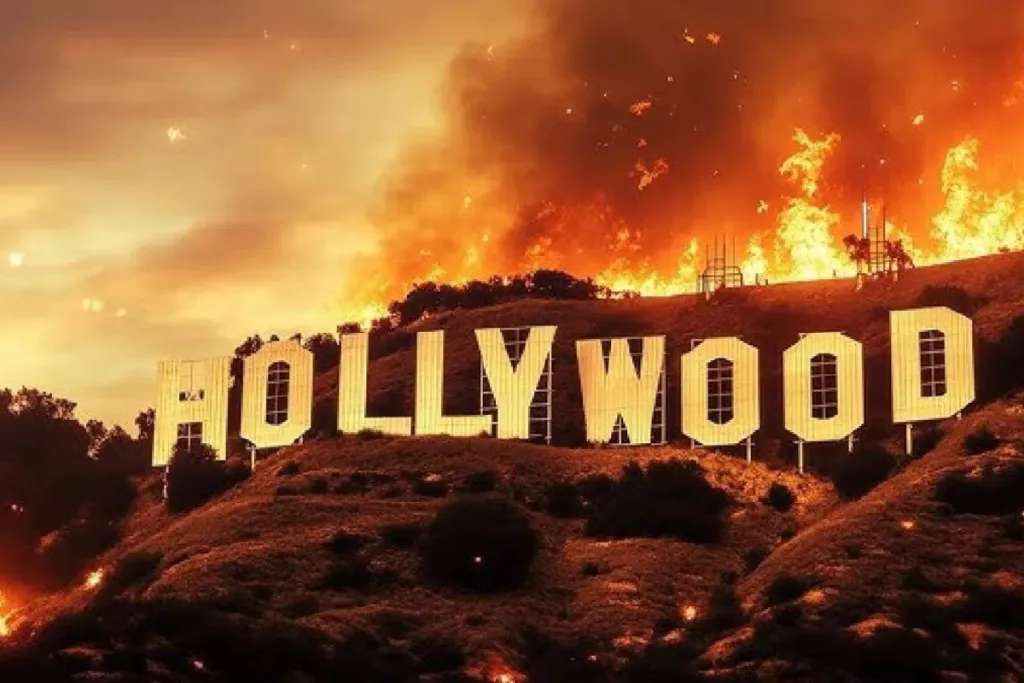
Los Angeles, with its glamorous allure and iconic landmarks, is facing one of its most devastating challenges as wildfires ravage the region. These fires, fueled by strong Santa Ana winds, have not only claimed lives and destroyed neighbourhoods but also left an indelible mark on the city’s cultural, historical, and tourism fabric.
Here’s a closer look at how these wildfires are shaping life—and travel—in the City of Angels, along with tips for visitors navigating this difficult time.
A city on fire: The scope of the crisis
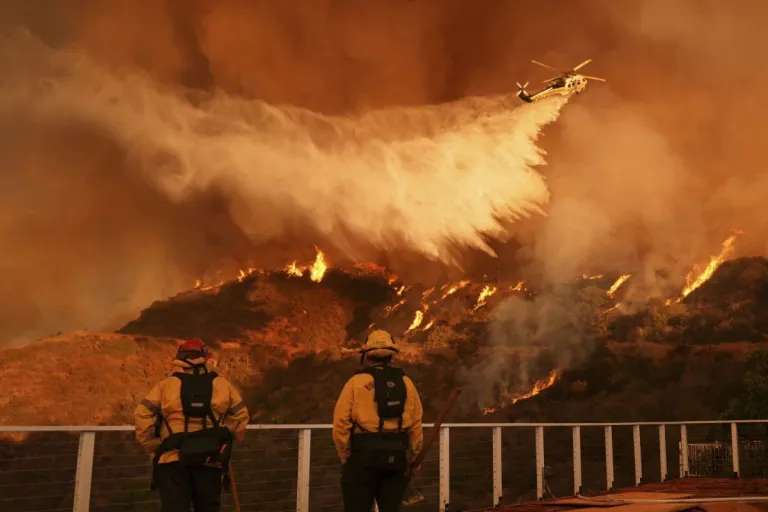 Image credit: Jae C. Hong from AP Photo | Official Website
Image credit: Jae C. Hong from AP Photo | Official Website
Also read: 6 Unique Destinations You Probably Didn’t Know Are Muslim-Friendly
The fires in Los Angeles have burned over 62 square miles, consuming entire neighbourhoods and more than 12,000 structures. Tragically, 24 lives have been lost, and more than 150,000 residents remain under evacuation orders. While firefighters are making progress, the return of strong winds this week threatens to reignite the flames and spread devastation further.
For those visiting or planning trips, the wildfires serve as a stark reminder of the power of nature and the importance of adapting plans to ensure safety.
The impact of wildfires on tourism
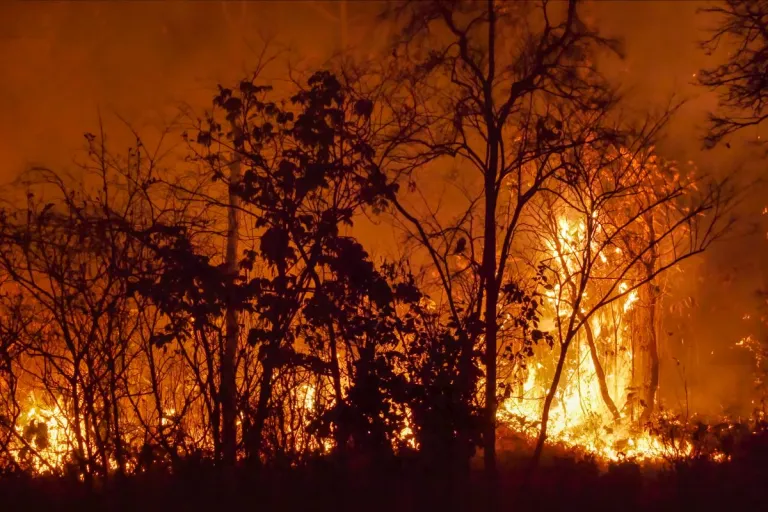 Image credit: toa55 via Canva Pro
Image credit: toa55 via Canva Pro
Los Angeles is one of the world’s most popular destinations, attracting millions of visitors each year to its iconic landmarks, vibrant neighbourhoods, and outdoor adventures. However, the recent wildfires have disrupted tourism in significant ways. Access to popular attractions like hiking trails in the Hollywood Hills and scenic drives along the coast has been restricted for safety reasons. Iconic areas, including Mandeville Canyon, narrowly avoided devastation, but closures in other affected zones have left visitors with limited options for outdoor exploration.
Additionally, air quality in the city has drastically deteriorated due to smoke and ash, making it uncomfortable and even hazardous for tourists to engage in outdoor activities. Many events and tours have been cancelled, further impacting the travel experience. The economic ripple effect of these disruptions compounds the $150 billion in estimated damages caused by the fires, highlighting the profound impact on LA’s tourism-dependent economy.
Cultural and historical losses
Los Angeles isn’t just a bustling metropolis; it’s a treasure trove of cultural and historical landmarks. Unfortunately, the wildfires have claimed more than homes and natural landscapes—they’ve also left a mark on the city’s cultural identity.
Historic structures in areas like the Palisades and Eaton fire zones have been reduced to ash, including some buildings that stood as reminders of the region’s early 20th-century history. Natural landmarks, like chaparral-covered hillsides that form a quintessential part of Southern California’s landscape, have been transformed into barren, charred expanses. While some celebrity enclaves were saved, the destruction of these cultural and historical touchstones is a poignant reminder of what has been lost. See more videos here.
Safety tips for tourists during wildfire season
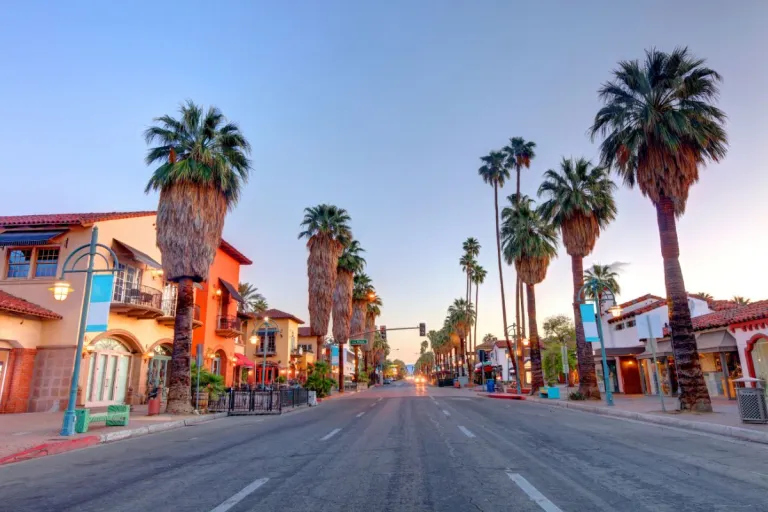 Image credit: DenisTangneyJr via Canva Pro
Image credit: DenisTangneyJr via Canva Pro
For those travelling to Los Angeles or nearby areas during wildfire season, safety should always be the top priority. Staying informed is critical; travellers should monitor local news updates and use apps like Cal Fire to stay ahead of any developments. It’s equally important to avoid fire zones, as entering scorched or evacuated areas is not only dangerous but can also interfere with firefighting efforts.
Air quality is another major concern during wildfire season. Tourists should regularly check the Air Quality Index (AQI) and wear protective N95 masks if needed. Avoid outdoor activities when smoke levels are high and seek indoor attractions or accommodations with air filtration systems.
Having a safety plan is essential. Visitors should familiarise themselves with evacuation routes and keep an emergency kit on hand, including water, a flashlight, and a fully charged phone. Supporting local businesses in unaffected areas can also make a meaningful difference for communities grappling with the financial impact of these disasters.
Travel alternatives: Where to go instead
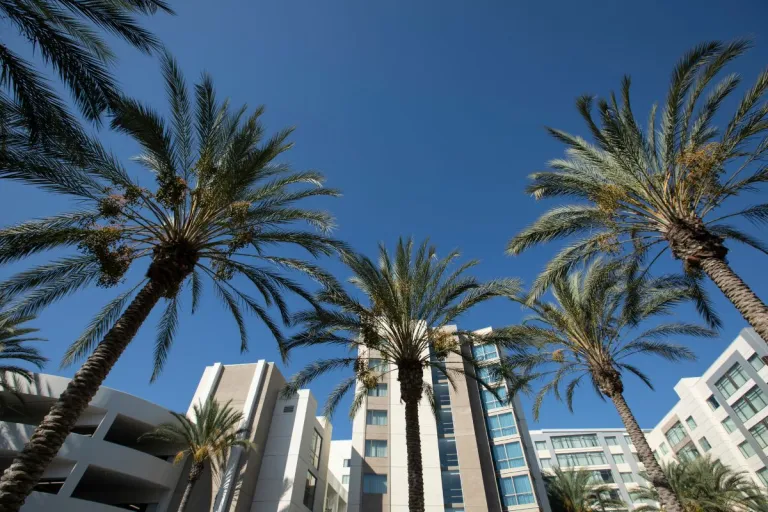 Image credit: MattGush via Canva Pro
Image credit: MattGush via Canva Pro
Also read: Top 10 Cheapest Muslim-Friendly Country And Months to Fly in 2025
Travellers reconsidering plans to visit Los Angeles or San Diego due to wildfires and other disruptions have a variety of safer and equally exciting destinations to explore. These alternatives cater to diverse interests and are particularly suitable for Muslim travellers, offering access to halal dining options, prayer facilities, and welcoming communities.
Anaheim, California, is a great choice, especially for families. Located just an hour south of Los Angeles, Anaheim is home to the world-famous Disneyland Resort, providing magical experiences for all ages. The city boasts a wide selection of halal restaurants, ranging from Middle Eastern to Mediterranean cuisine, ensuring Muslim travellers can enjoy delicious meals that align with their dietary preferences. Additionally, Anaheim features several mosques, such as the Islamic Institute of Orange County, making it easy to observe daily prayers.
Further north, San Francisco offers an ideal blend of urban sophistication and natural beauty. Visitors can marvel at landmarks like the Golden Gate Bridge, explore Alcatraz Island, or enjoy the lively atmosphere at Fisherman’s Wharf. The city has a vibrant Muslim community with numerous halal eateries serving everything from Afghan kebabs to halal-certified burgers. Mosques like the Islamic Society of San Francisco provide a welcoming environment for worship.
For those willing to venture beyond California, Seattle, Washington, is an excellent option. Known for its lush landscapes, iconic Space Needle, and bustling Pike Place Market, Seattle provides a refreshing retreat. The city is home to a diverse Muslim population, with halal dining options that include Turkish, Somali, and other international cuisines. Prayer facilities, such as the Idris Mosque, make it convenient for Muslim travellers to maintain their religious practices.
When selecting a travel destination, safety and accessibility should be key considerations. Travellers are encouraged to research local safety conditions to avoid areas impacted by natural disasters or unrest. Apps like HalalTrip or Zabiha can help locate halal restaurants and mosques while planning activities around cultural landmarks and family-friendly attractions ensures a fulfilling trip.
Travelling as a Muslim does not mean compromising on comfort or faith. While challenges like wildfires may disrupt plans in parts of California, alternative destinations offer enriching experiences that cater to every need. By exploring these safe and Muslim-friendly locations, travellers can enjoy memorable journeys without concern, all while staying true to their values.
Published at
About Author
Aimi Zulkiflee
Subscribe our Newsletter
Get our weekly tips and travel news!
Recommended Articles
6 Unique Destinations You Probably Didn’t Know Are Muslim-Friendly
Latest Articles
Muslim-Friendly Guide to Western Australia: Halal Food, Spiritual Comfort, and Adventure a guide to the best Halal culinary spots and thrilling adventures you must try
11 Best Thrift Stores in Singapore (2025): Muslim-Friendly Budget Shopping Guide Happy shopping in Singapore, and may you find your hidden treasure, sustainably and Muslim-friendly!
ETIAS for Singaporeans: Your Halal Guide Before Traveling to Europe in 2026 Well, apparently Singaporeans Need ETIAS to Travel to Europe by 2026
Malaysia Launches Muslim-Friendly Cruise Ship This November This marks the world's first Muslim-friendly cruise ship!
Melaka to Offer Free Entry to Attractions for Tourists Wearing Kebaya: Here’s What to Know! Would you wear a kebaya to explore FREE Melaka’s attractions? 💃🏽

